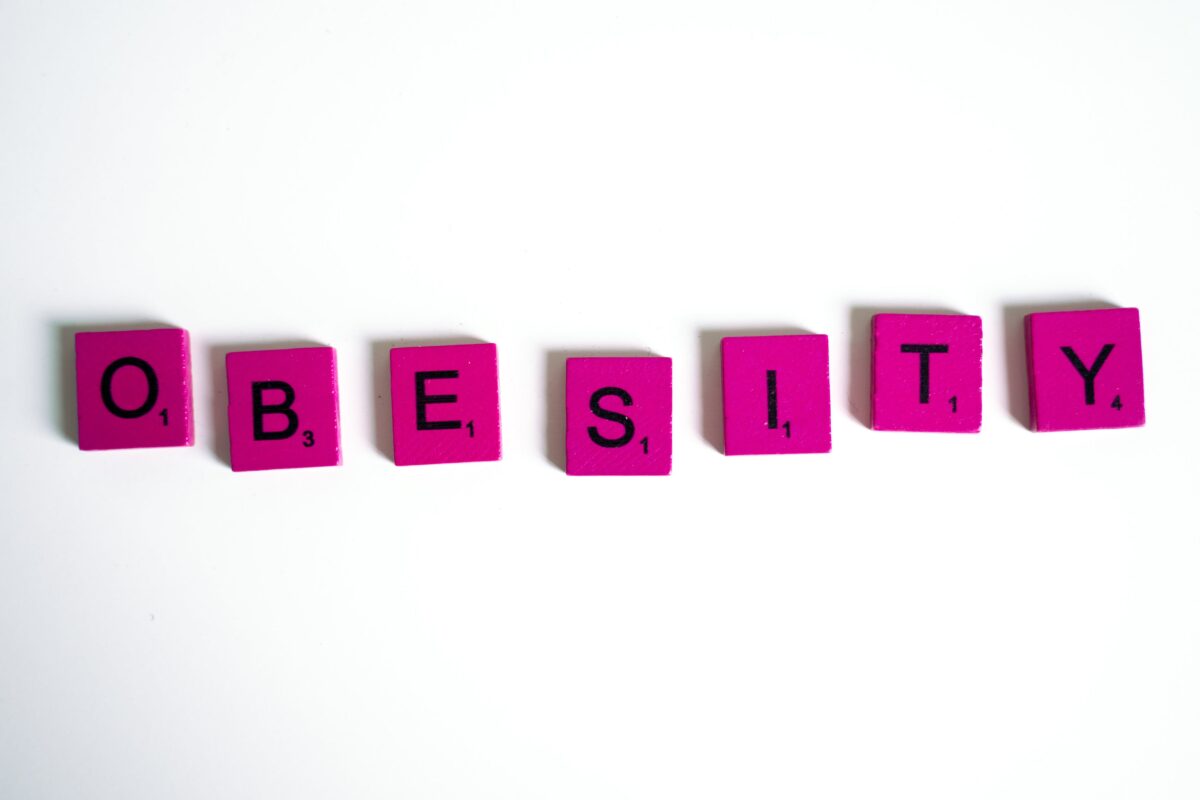Exploring the Genetic Factors Behind Breakfast Choices
Aira
on
February 8, 2024
Latest Posts
Table of Contents
Exploring the Genetic Factors Behind Breakfast Choices
Date of Content: January 22, 2024
Written by: Avanthika Nityanand
Reviewed by: Maarit Tiirikainen, Ph
Overview
A healthy breakfast provides a balanced mix of essential nutrients to start the day. It typically includes a good balance of carbohydrates, protein, healthy fats, and fiber. Examples include oatmeal topped with fruits and nuts, whole-grain toast with avocado and a poached egg, or a smoothie made with Greek yogurt, berries, and a handful of spinach.

Benefits Of Eating Healthy Breakfast
A 2013 study showed that individuals who consumed breakfast daily gained significantly less weight over 18 years. Moreover, daily breakfast eaters showed a decreased risk of several metabolic conditions, including abdominal obesity, general obesity, metabolic syndrome, and hypertension.
In a randomized crossover design trial, twenty female subjects were asked to either consume a 350-kcal NP breakfast with 13g protein, a 350-kcal HP breakfast with 35g protein or continue to skip breakfast for six days. Various tests and questionnaires were conducted on the seventh day to assess appetite, satiety, and brain responses to food cues.
The results showed that eating breakfast, regardless of protein content, reduced daily hunger and increased fullness compared to skipping breakfast. However, the HP breakfast was more effective in increasing fullness than the NP breakfast. Unlike the NP breakfast, the HP breakfast also led to beneficial hormonal changes, decreasing ghrelin (a hunger hormone) and increasing peptide YY (a satiety hormone).
Benefits In Children
Long-term effects of eating a healthy breakfast include improvements in cognitive performance, academic achievement, quality of life, well-being, and a reduction in morbidity risk factors, as shown by this 2019 systematic review. The findings suggested that eating breakfast positively impacted various aspects of children’s and adolescents’ lives.
A 2021 study investigated the relationship between breakfast habits and cognitive performance in 1181 Chilean adolescents aged 10-14. The findings revealed a positive association between having breakfast just before cognitive tasks and higher cognitive performance, particularly when the breakfast was of high quality and included at least two quality components.
Is Skipping Breakfast a Bad Habit?
Regularly skipping breakfast can have several effects on your health and well-being. First, it may lead to increased hunger later in the day, often resulting in overeating or choosing less nutritious foods, contributing to weight gain and unstable blood sugar levels. This practice can disrupt your body’s internal clock or circadian rhythm, potentially impacting metabolism and increasing the risk of insulin resistance, a precursor to type 2 diabetes.
Furthermore, missing breakfast can negatively affect cognitive functions like memory and concentration. This is particularly important for children and adolescents whose developing brains rely on a regular intake of nutritious food for optimal performance in school.
For those concerned about heart health, skipping breakfast altogether has been associated with a higher risk of cardiovascular diseases, including hypertension and high cholesterol. This could be due to irregular eating patterns leading to worse daily dietary choices.
Genetics of Breakfast Preference
Genetics plays a substantial role in the variability of meal timing, particularly for breakfast. A 2019 twin study assessed the timing of daily meals and related behavioral traits like chronotype, bedtime, and wake time. The midpoint of food intake between breakfast and dinner was calculated, and genetic influences on these timings were evaluated by comparing correlations in monozygotic and dizygotic twins. The results showed a significant genetic component in determining food intake timing, especially for breakfast.
Another 2019 GWAS aimed to understand the genetic factors influencing breakfast skipping. The result showed six genetic variants associated with several biological processes, including caffeine metabolism (genes ARID3B/CYP1A1), carbohydrate metabolism (gene FGF21), schizophrenia (gene ZNF804A), and enzymes crucial for N6-methyladenosine RNA transmethylation (genes METTL4, YWHAB, and YTHDF3), which influence the circadian rhythm.
A 2020 study aimed to explore if there’s a causal relationship between a genetic predisposition to being a morning person and certain dietary habits. Using a two-sample Mendelian randomization (MR) analysis, the researchers analyzed genetic variants associated with morning preference and their potential effects on food intake. They used data from the UK Biobank, involving over 361,000 participants, to assess the intake of 61 food items. The results showed that a genetic tendency towards a morning preference was linked with higher consumption of healthier food items like fresh fruit, bran cereal, and water and lower consumption of less healthy items like processed meat and full cream milk.
A 2022 large-scale GWAS was done on 161,625 participants, assessing their liking for 139 foods. The study confirmed a strong link between the NEGR1 gene (rs3101336; C allele) and food preference. The study uncovered nine significant genetic links to a preference for a healthy breakfast. Among them is the NEGR1 gene, which encodes a protein involved in neuron growth and development. This protein is part of the immunoglobulin superfamily. Past studies have also linked this gene to obesity. Another significant association, interestingly, was with LOC647107. LOC647107 is a pseudogene, meaning it is similar to normal genes but cannot typically be coded for functional proteins. Although pseudogenes have traditionally been dismissed as nonfunctional, recent studies have mapped some of them to gene regulatory functions, like for LOC647107.
Non-Genetic Factors Influencing Preference For Healthy Breakfast
Non-genetic factors that influence an individual’s preference for a healthy breakfast are varied and can include the following:
Cultural and Familial Influences
Cultural norms and family practices often shape dietary habits. If a person is raised in a family or culture that prioritizes healthy eating, including healthy breakfast choices, they are more likely to continue these habits into adulthood.
Personal Health Goals
Individuals focused on weight management, fitness, or overall wellness often choose healthier breakfast options to align with their health objectives.
Education and Awareness
Knowledge about nutrition plays a crucial role. The more a person understands the impact of food on health, energy levels, and well-being, the more likely they are to choose healthier breakfast options.
Availability and Accessibility
Easy access to healthy food options significantly influences dietary choices. If healthy ingredients are readily available at home or healthy eateries nearby, one is more likely to opt for a healthy breakfast.
Time and Convenience
Busy lifestyles can impact breakfast choices. People might opt for fast but unhealthy options, but also healthy options like overnight oats or smoothies that are quick to prepare, especially if they have limited time in the mornings.
Economic Factors
Economic status can affect food choices. Healthy foods are often perceived as more expensive, but this isn’t always true. Financial constraints might influence the preference for certain types of breakfast foods.
Taste Preferences
Personal taste and enjoyment play a significant role in food selection. If someone enjoys the taste of healthy breakfast foods, they are more likely to eat them regularly.
Health Conditions or Dietary Restrictions
Medical advice or personal health conditions like diabetes, heart disease, or allergies can influence breakfast choices, leading to a preference for healthier options.
Social Influences and Trends
Peer groups, social media, and current trends can impact food choices. The popularity of health and wellness trends often encourages people to try incorporating healthier options into their diet, including breakfast.
Psychological Factors
Mood and psychological state can influence food choices. Some might choose healthier options as a form of self-care or to boost mood and energy levels.
Understanding these factors can help develop strategies to encourage healthier breakfast choices among different populations.
Quick Breakfast Ideas for Busy People
Classic Breakfast Sandwich
What you need: English muffin, scrambled eggs, cooked bacon or sausage, cheese, and a touch of ketchup or hot sauce.
Assemble the ingredients into a delicious breakfast sandwich for a protein-packed start to your day.
Avocado Toast [Vegan]
What you need: Sliced whole-grain bread, ripe avocado, lemon juice, red pepper flakes, and salt.
Mash avocado on toasted bread sprinkled with lemon juice, red pepper flakes, and a pinch of salt for a creamy and flavorful vegan toast.
Greek Yogurt Parfait
What you need: Greek yogurt, honey, granola, and fresh berries.
Layer Greek yogurt with honey, granola, and berries in a jar for a quick and satisfying breakfast.
Breakfast Burrito
What you need: Scrambled eggs, cooked diced ham or turkey, sautéed bell peppers and onions, shredded cheese, and salsa.
Fill a tortilla with the ingredients, roll it up, and microwave for a minute or two for a savory breakfast burrito.
Chia Seed Pudding [Vegan]
What you need: Chia seeds, almond milk (or any plant-based milk), maple syrup (or agave nectar), and fresh fruit.
Mix chia seeds with almond milk and sweetener, refrigerate overnight, and top with fresh fruit in the morning for a nutritious and easy vegan breakfast.
Some FAQs
Is the McDonald's breakfast healthy?
While McDonald’s breakfast menu typically features items high in sodium, sugars, and unhealthy fats, healthier alternatives are available when dining there is unavoidable. Options like the Fruit & Maple Oatmeal or the Egg White Delight McMuffin offer more nutritious choices with fewer unhealthy ingredients. It’s best to avoid highly processed items and those with excessive cheese, deep-fried items, and meat.
What is a healthy breakfast to lose weight?
A healthy breakfast for weight loss should be low in calories but high in nutrients to keep you feeling full longer. Options like a green smoothie with protein powder, Greek yogurt with fresh fruit, or scrambled eggs with vegetables on whole-grain toast are excellent. These meals combine good protein, fiber, and healthy fats.
Is oatmeal a healthy breakfast?
Oatmeal is a nutritious breakfast choice, particularly because of its high fiber content, which is beneficial for heart health and helps manage blood sugar levels. Choosing plain oats over pre-sweetened varieties and adding fruits, nuts, or a bit of honey for flavor is recommended.
What constitutes a healthy breakfast for people with diabetes?
For a diabetic, a healthy breakfast focuses on low glycemic index foods to help maintain stable blood sugar levels. Ideal choices include high-fiber whole grains, nuts, seeds, and lean proteins. A diabetic-friendly breakfast might be a bowl of steel-cut oats with almonds and berries, an omelet with spinach and mushrooms, or low-fat yogurt with a sprinkle of chia seeds and apple slices.
References
- https://www.ncbi.nlm.nih.gov/pmc/articles/PMC3781522/
- https://www.ncbi.nlm.nih.gov/pmc/articles/PMC3718776/
- https://www.ncbi.nlm.nih.gov/pmc/articles/PMC6744840/
- https://www.ncbi.nlm.nih.gov/pmc/articles/PMC8073030/
- https://www.sciencedirect.com/science/article/abs/pii/S0261561418301134
- https://www.ncbi.nlm.nih.gov/pmc/articles/PMC7657324/
- https://www.sciencedirect.com/science/article/pii/S0002916522011947
Customer Reviews




*Understanding your genetics can offer valuable insights into your well-being, but it is not deterministic. Your traits can be influenced by the complex interplay involving nature, lifestyle, family history, and others.
Our reports have not been evaluated by the Food and Drug Administration. The contents on our website and our reports are for informational purposes only, and are not intended to diagnose any medical condition, replace the advice of a healthcare professional, or provide any medical advice, diagnosis, or treatment. Consult with a healthcare professional before making any major lifestyle changes or if you have any other concerns about your results. The testimonials featured may have used more than one LifeDNA or LifeDNA vendors’ product or reports.




















